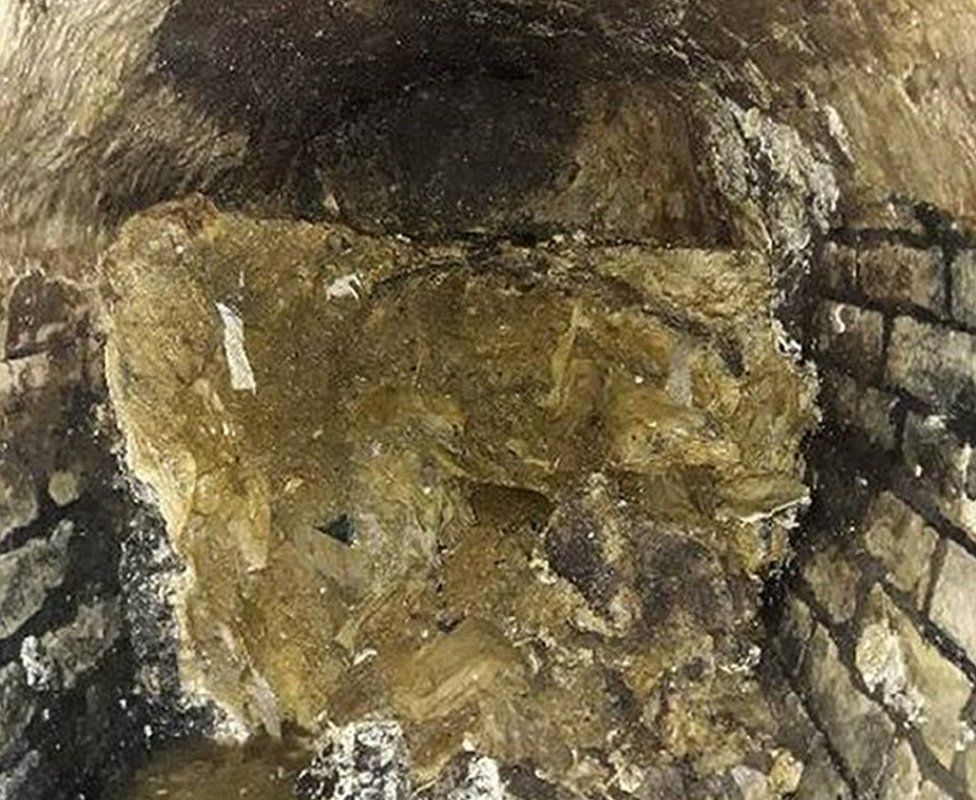Grease interceptors and grease traps (the two have a different flow rate) have been in use since Victorian times and are an important part of any commercial kitchen. They vary in size, with smaller ones used for individual sinks and larger ones for big facilities. Schools, cafeterias and restaurants produce large volumes of waste which could potentially create unpleasant smells and block the sewers if untreated.
What sort of waste is produced?
Liquid food waste is one of the by-products of the workings of large commercial food operations. It includes animal and vegetable fats, oils and grease, known as FOG. If not treated, FOG drains into the local sewer system, where they build up over time and eventually cause huge blockages. These backups harm public infrastructure, and result in the need for someone like this plumber Cheltenham based company https://www.hprservicesltd.com/emergency-plumber-cheltenham/ to come out and resolve it. Untreated restaurant waste, also known as effluent, can also cause difficulties in local wastewater treatment units.
Removing waste and legal requirements
The Environmental Protection Agency oversees the pre-treatment of liquid waste discharge into municipal sewers. The aim is to remove FOG from the effluent so that sewer lines can be unimpeded and flow freely.
Grease removal systems include grease interceptors and grease traps, which are designed to avoid sewer blockages Stainless Steel Grease Traps are among the styles that exist.
Health inspectors ensure that large establishments have suitable grease traps on their premises. As mentioned, stainless steel grease traps may be an option, while fibreglass units are also available.
How is the waste sorted?
Grease interceptors are fitted after the kitchen drains but before the sewer lines and the grease interceptor collects the contents of the drain. While they are not emulsified, FOG do not combine well with water. As they are heavier than water, they separate and rise to the surface, where they build up and are removed by a skimmer, periodically. The FOG-free wastewater is then sent into the sewer system, and the accumulated grease can be recycled for use as biodiesel fuel.
Installation for different circumstances
Grease interceptors can be adapted according to different situations. For example, a high water table may necessitate outdoor installation. Alternatively, reduced outdoor space may mean that the interceptor has to be installed below the sewer system, with a pump to send the water to the sewer.


